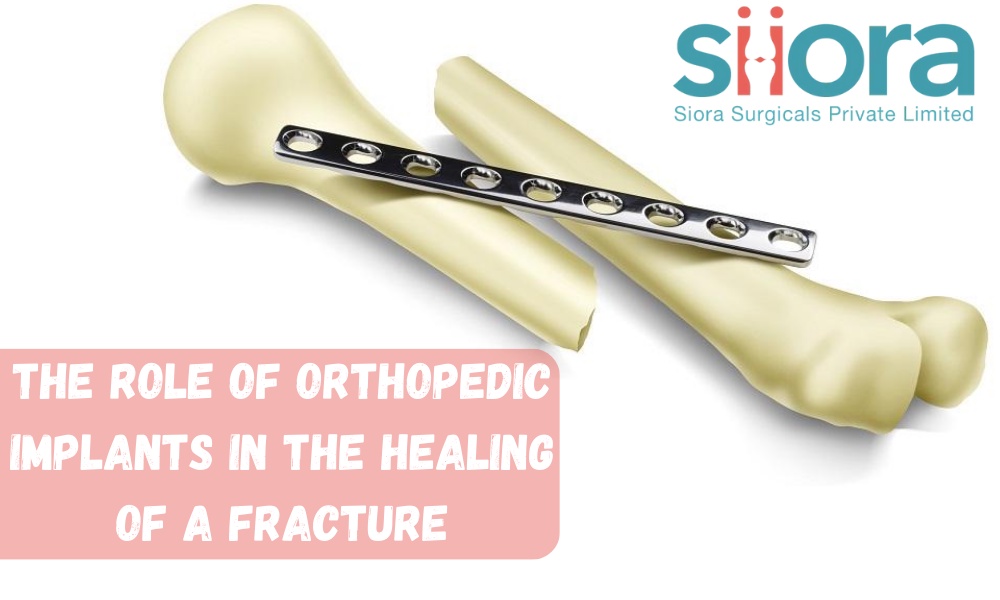Breaking a bone can feel like life has hit pause. The pain, the inconvenience, and the uncertainty of how long it will take to heal can be overwhelming. Thankfully, modern medicine has a remarkable ally in the form of Orthopedic Trauma Implants, playing a pivotal role in the intricate dance of bone healing.
The Healing Support
Imagine your bones as skilled dancers, that can elegantly dance in the journey of your life. But when a fracture occurs, it means the music has stopped, and the bone struggles to find its rhythm again. Trauma implants step in as the choreographers, and guide the fractured bones back into a harmonious routine.
Stabilizing the Stage
One of the primary roles of orthopaedic implants is to provide stability to the fractured bone. Think of it as setting up a sturdy stage for the healing process. Whether it's a fracture in the arm, leg, or hip, implants like bone screws, orthopedic plates, and rods act as the support, ensuring that the bones stay in the right position for healing.
These implants are often made of materials like titanium or stainless steel, chosen for their strength and compatibility with the human body. Their presence allows the injured area to bear weight gradually, preventing further damage and promoting a more natural healing process.
Speeds up Healing
Orthopedic implants aren't just passive supporters; they also play the role of accelerators in the healing journey. Some implants are designed to stimulate bone growth actively. For instance, intramedullary nails or screws can act as conduits for the influx of bone-forming cells, expediting the fusion of fractured ends.
In the world of orthopedics, innovation is a constant companion. Advanced implants may incorporate biocompatible materials that encourage the body's natural healing mechanisms. This not only speeds up recovery but also reduces the risk of complications, making the healing symphony more melodious.
Anatomic Contouring
Every fracture is unique, demanding a tailored approach to healing. Orthopedic implants come in various shapes and sizes, allowing surgeons to choose the most fitting companion for each patient's specific needs. Whether it's a compression plate for a shattered femur or an external fixator for a complex fracture, these implants adapt to the intricacies of each injury, ensuring a personalized and effective recovery plan.
Patient-Centric Harmony
Beyond the medical intricacies, orthopaedic implants contribute significantly to the psychological aspect of healing. They offer patients the reassurance that their fractured bones have reliable support. This confidence can be a game-changer in the recovery process, empowering individuals to actively participate in their rehabilitation.
Conclusion
The role of implants in the healing of a fracture is pivotal. From providing stability to actively stimulating bone growth, these implants are indispensable partners in the journey towards recovery. As technology continues to advance, the dance of healing becomes more graceful, promising a future where fractures are not just mended but transformed into stories of resilience and triumph.
Learn more about trauma implants and instruments along with various musculoskeletal disorders addressed by seasoned experts at the orthopedic medical event organized by the Mid-America Orthopaedic Association.


No comments yet